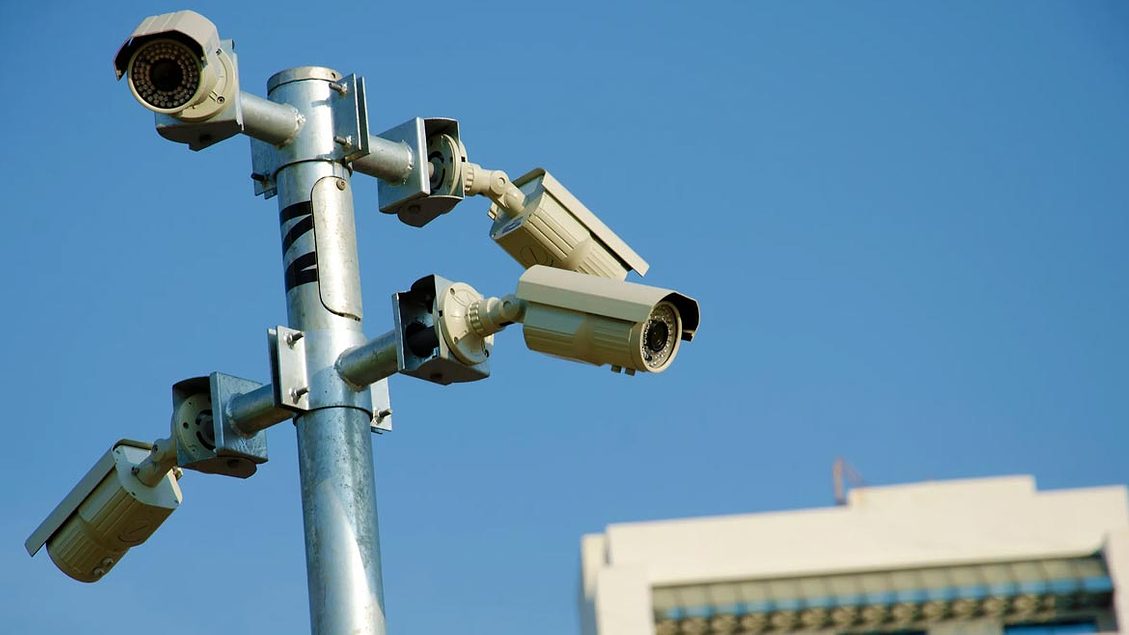- Learn with Cisco at Cisco Live 2025 in San Diego
- This Eufy robot vacuum has a built-in handheld vac - and just hit its lowest price
- I highly recommend this Lenovo laptop, and it's nearly 50% off
- Disney+ and Hulu now offer prizes, freebies, and other perks to keep you subscribed
- This new YouTube Shorts feature lets you circle to search videos more easily
AI hits prime time for physical security

Artificial intelligence (AI) is many things to many people. For some, it’s the hyped-up future of everything. To others, it’s just big data and analytics in a shiny new box. But regardless of where one falls on the AI spectrum, there’s no denying one thing: AI is causing big changes, and it’s already changing how organizations secure their physical infrastructure.
AI does this by sensing when something is outside the normal state-of-affairs, which enables it to identify actual threats rather than non-existent ones. This is a breakthrough capability because humans may not look for all the signs of criminal behavior, or they may have some issues preventing them from doing their jobs well — they may be tired, or sick, or have some personal problem causing them to be distracted.
AI, on the other hand, never has these problems and is excellent at doing the same thing over and over again. Because of this, it can be a superior approach to monitoring thousands of hours of videotape and finding the “needle in the haystack.”
AI makes proactive security possible
Working with humans, AI can be a powerful supplemental tool. It can provide perfect repeatability, while humans can provide the judgment that is needed to properly respond to an event. For example, AI can alert humans to an activity in progress without them having to stare at a screen waiting for something to happen. And humans can verify that a crime is happening and respond appropriately.
By working in this way, AI can spare humans from running down rabbit holes chasing false-positive alerts. This achieves the ultimate goal of security surveillance: drastically reducing the need for humans to waste time chasing down bogus alerts.
From the vendor operational side of things, particularly from those organizations that offer remote video monitoring (RVM) services, AI is a valuable tool because it lets one person in the surveillance operations center do the jobs of many people (after all, if there are fewer rabbits to chase, organizations also need fewer people to chase the rabbits). This is especially important in today’s labor crunch, where it can be difficult to find enough people with the skills to work in a surveillance operations center.
For customers of RVM vendors, AI makes proactive security possible. Proactive security is important because it deters crime before it happens, without police intervention. This is cheaper for everyone and eliminates the risk of someone getting hurt. AI-enabled video does this by activating visual and audio deterrents to drive would-be criminals off the property.
Also, AI-enabled video enables security vendors to provide affordable security services that otherwise would be cost-prohibitive and inferior. Without AI, it would be near impossible to reliably catch crimes in process, relegating video to its traditional role of providing after-the-fact evidence for legal and insurance claims.
AI must be trained
No two organizations are the same. This means AI must “understand” what it is protecting and the specific location where it is being used. It must understand hours of operation and know when to expect people on premises and when not to. It must distinguish between criminal and normal behavior. And it needs to understand its immediate surroundings so, for example, it can recognize a deer or some other wildlife visiting from nearby woods, rather than mistakenly identifying any large moving object as a human.
To optimize AI for a specific location, it must be trained to filter out innocent distractions so it only alerts for incidents worth investigating. It can do this when properly trained because it has “seen” things thousands of times. It stands to reason: anything — human or machine — that has seen an environment and activities occurring on it many times will be much more accurate in identifying behavior or conditions that fall outside the norm. This is why there is no such thing as “out of the box” AI — it first must be trained in its specific environment to be effective.
Once AI has been trained on what is normal, it can also be used for purposes that extend beyond security. AI-enabled video can alert on anomalous weather — like snow or rain — to give decision-makers better situational awareness. It can also tell whether or not someone is wearing a hard hat or some other piece of mandated clothing to reduce exceptions and possible serious incidents. In short, it can issue notifications on anything it sees that is abnormal.
Most organizations, however, will take a security first approach to AI-enabled video. It has come a long way since the days of closed-circuit television and IP-based video, which were after-the-fact tools. AI makes video active, so crime can be deterred before it happens. And unlike the “pie in the sky” predictions about how AI will be used in the future, AI-enabled video for physical security is in use today and providing countless benefits — security and otherwise.

